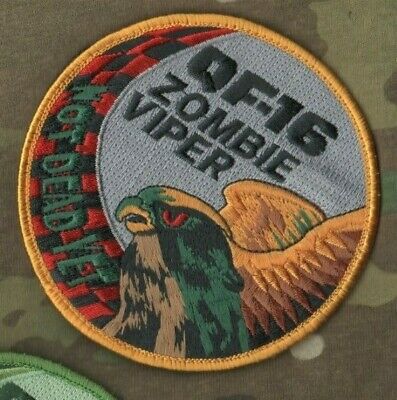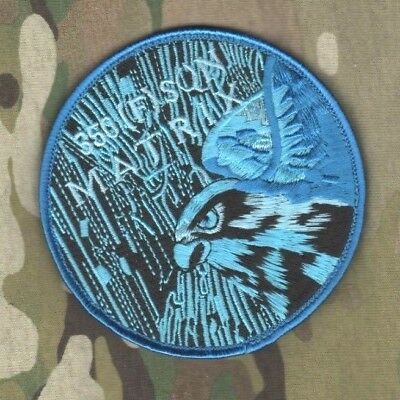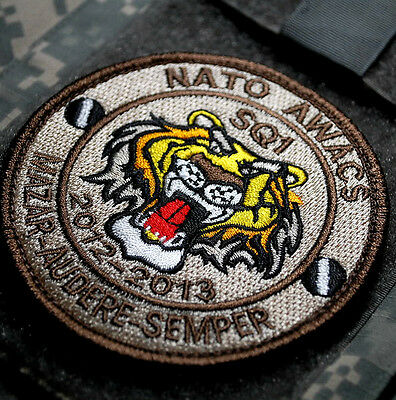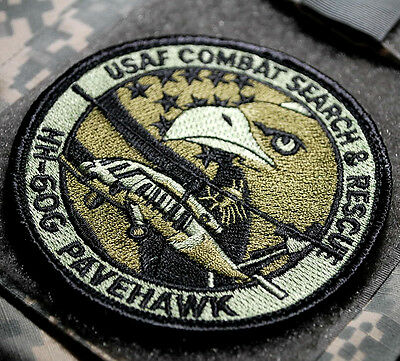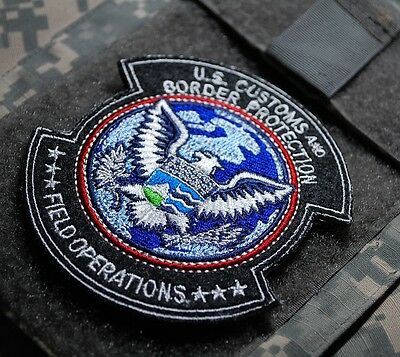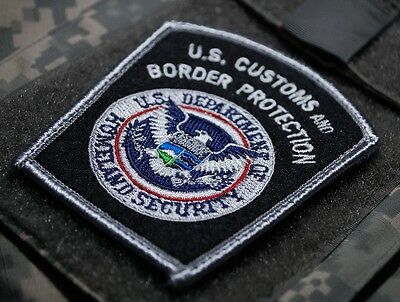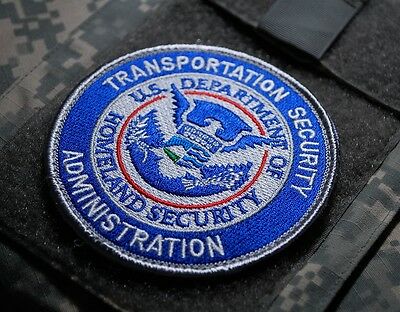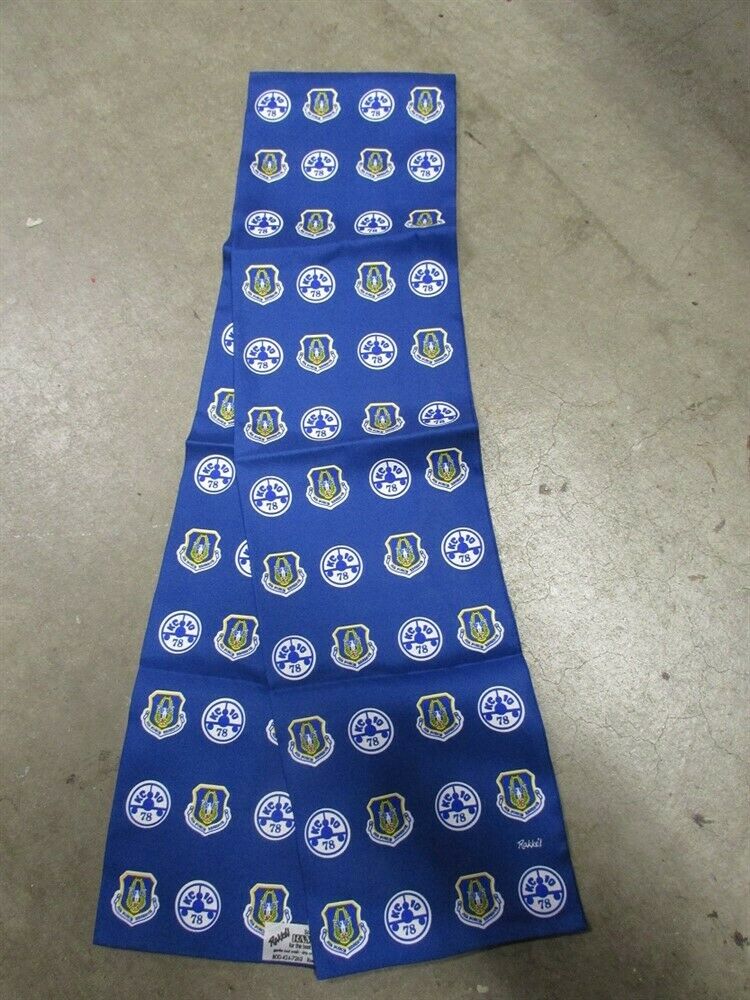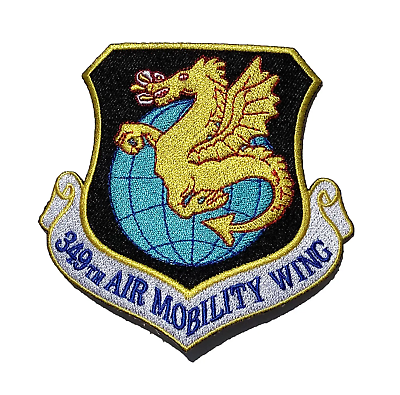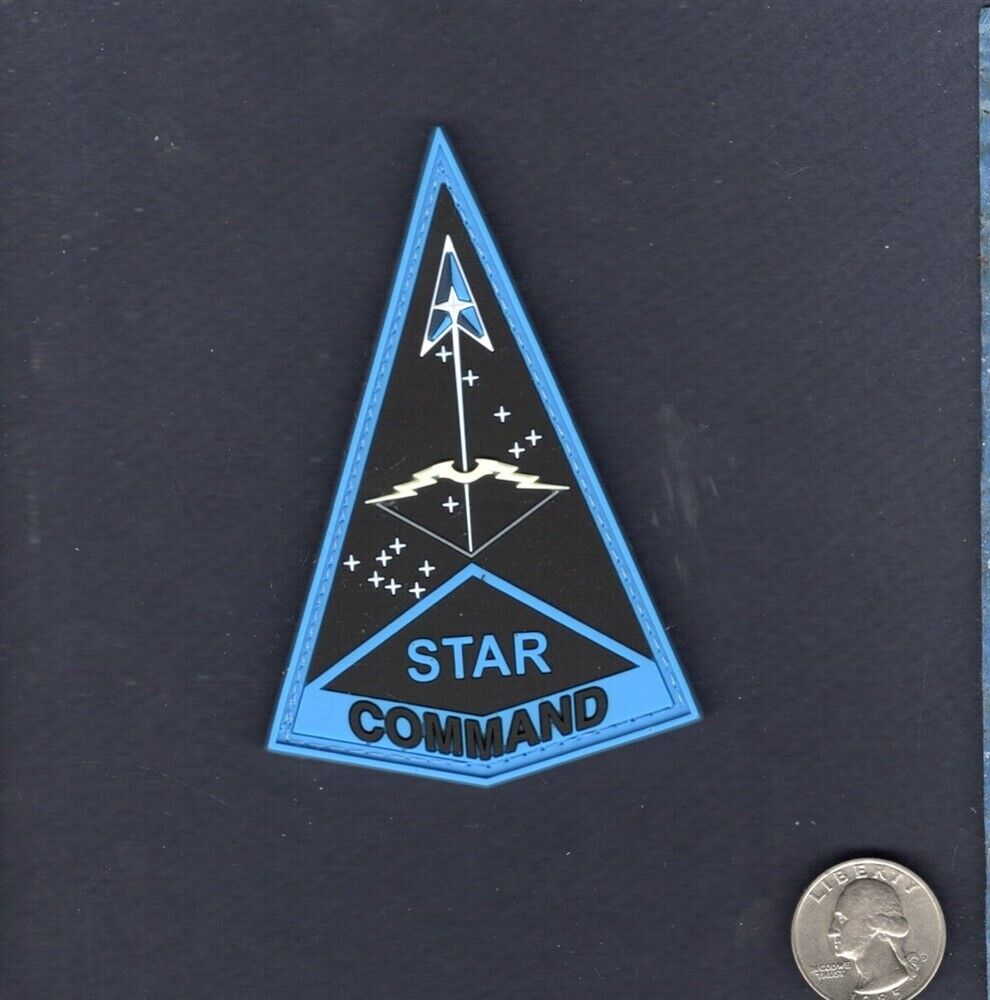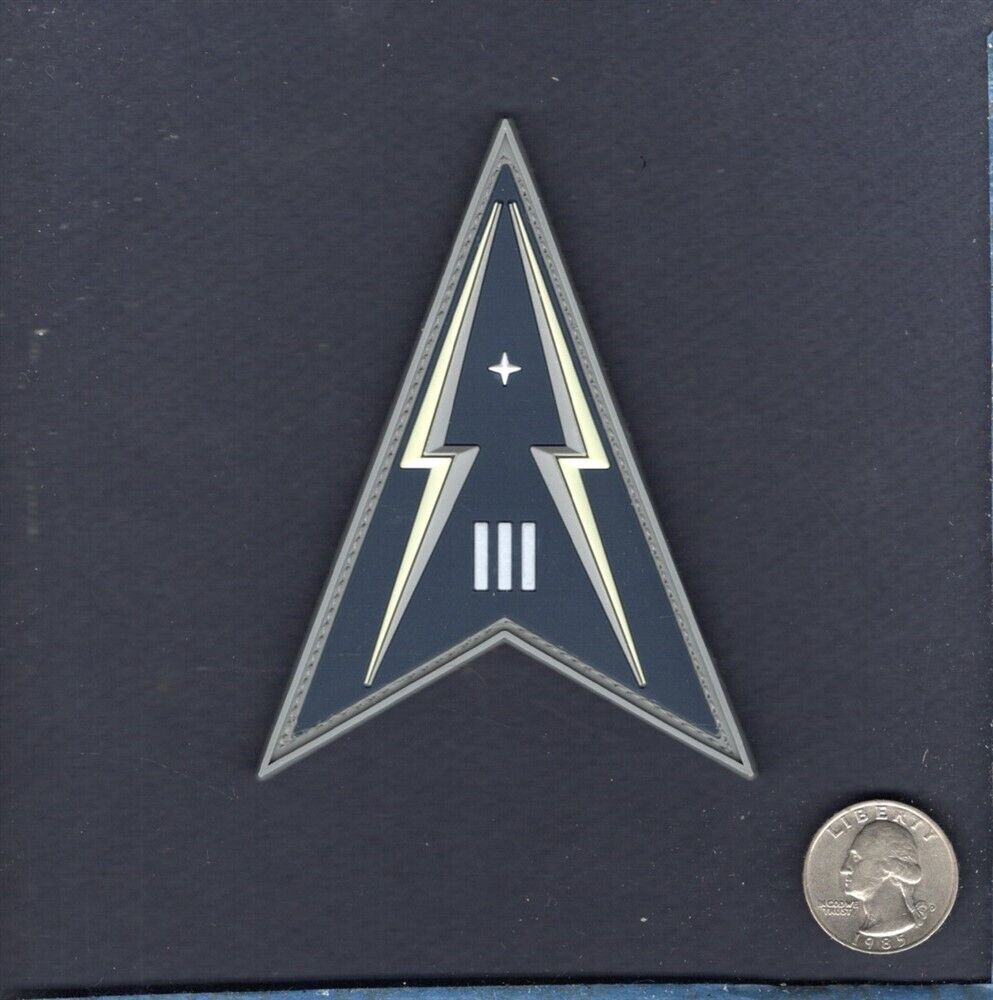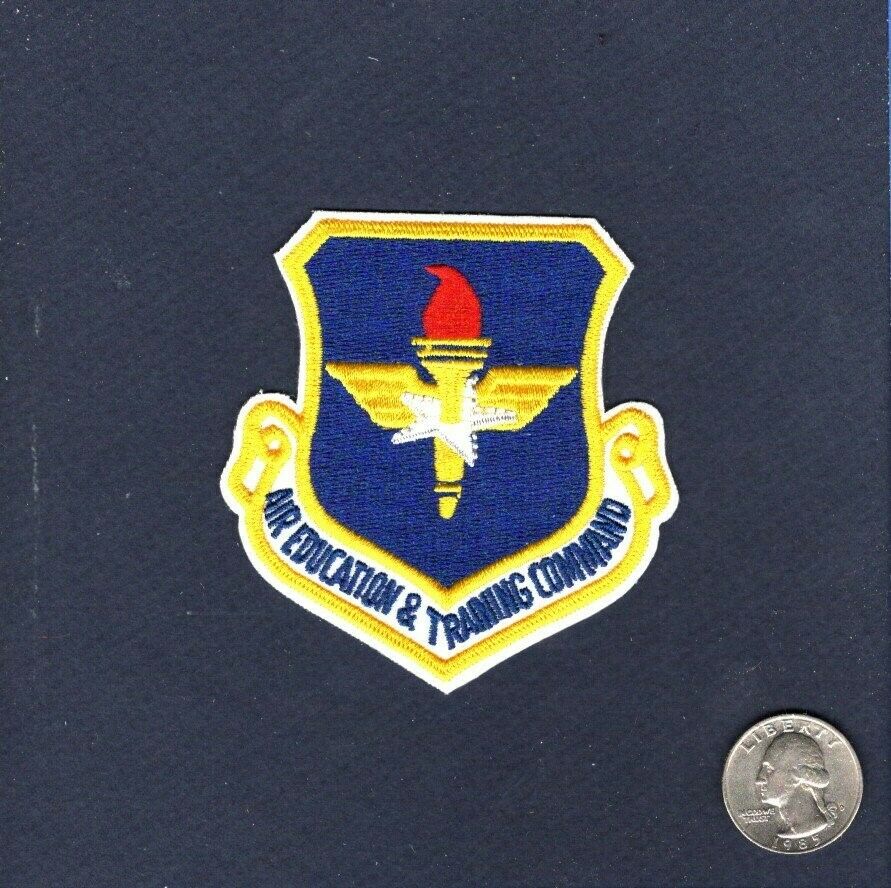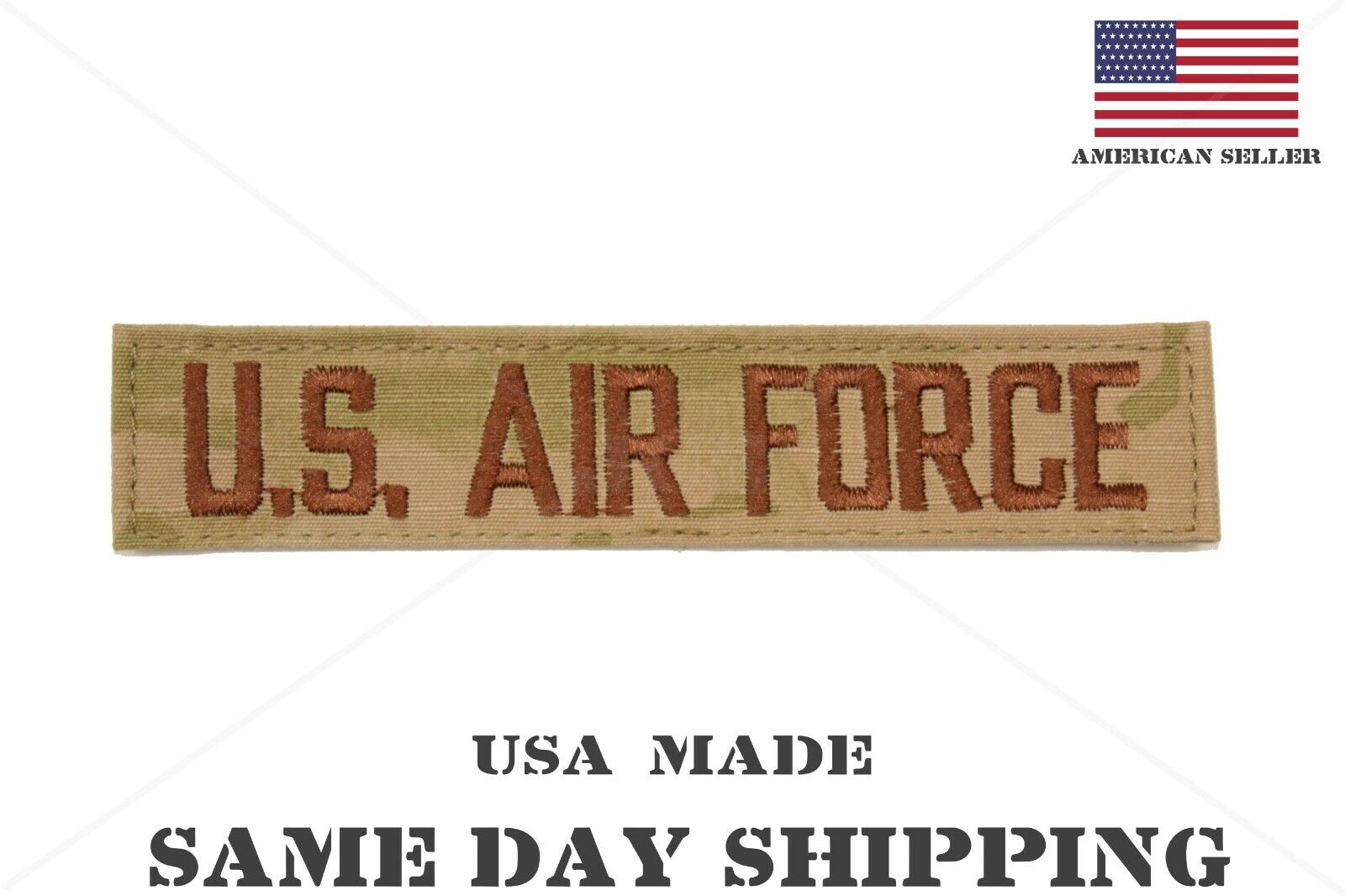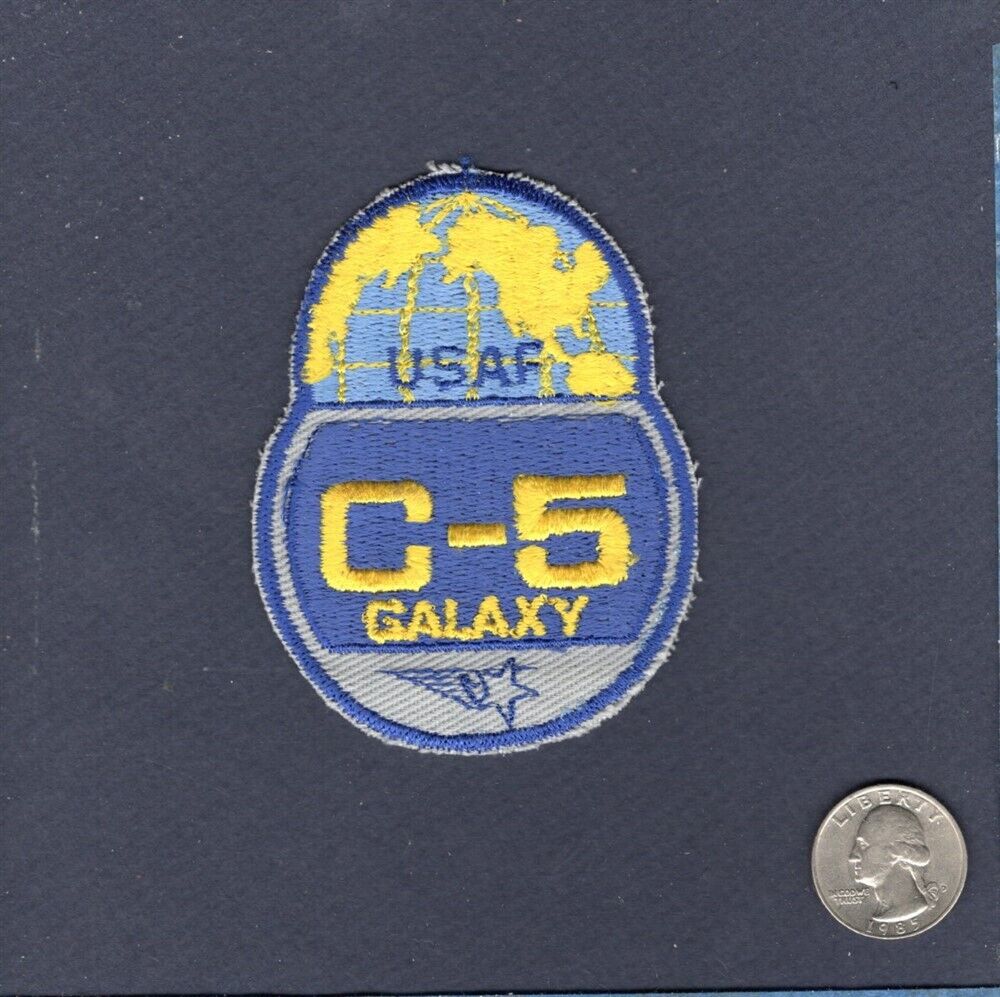-40%
F-16 FIGHTING FALCON SWIRL velkrō INSIGNIA: QF-16 ZOMBIE VIPER - Not Dead Yet
$ 10.55
- Description
- Size Guide
Description
F-16 FIGHTING FALCON SWIRL velkrōINSIGNIA: QF-16 ZOMBIE VIPER - Not Dead Yet Patch νeΙ©®⚙ burdock-hook
This is an Original F-16 FIGHTING FALCON SWIRL INSIGNIA SSI: F-16 FIGHTING FALCON SWIRL INSIGNIA: QF-16 ZOMBIE VIPER - Not Dead Yet Swirl velkrō burdock-hook backing SSI Shoulder Sleeve Insignia Patch.
You will receive the item as shown in the first photo.
Please note that there are color variations due to different settings on different PCs and different Monitors. The color shown on your screen is most likely not the true color.
The General Dynamics F-16 Fighting Falcon is a multirole jet fighter aircraft originally developed by General Dynamics for the United States Air Force. Designed as a lightweight, daytime fighter, it evolved into a successful multirole aircraft. Over 4,400 aircraft have been built since production was approved in 1976. Though no longer being purchased by the U.S. Air Force, improved versions are still being built for export customers. In 1993, General Dynamics sold its aircraft manufacturing business to the Lockheed Corporation, which in turn became part of Lockheed Martin after a 1995 merger with Martin Marietta.
The QF-16 Full Scale Aerial Target will provide the next generation of combat training and testing for U.S. warfighters. Retired F-16 aircraft are converted into QF-16 aerial targets for the purpose of testing newly developed weapons and tactics. The QF-16 will replace the existing QF-4 fleet, and provide a higher capability, fourth generation aerial target that is more representative of today’s targets and threats. SHARE AIRCRAFT TYPE Full-scale aerial target DEVELOPER The Boeing Company OPERATOR US Air Force FIRST FLIGHT May 2012 Expand Previous An unmanned QF-16 FSAT lands on an auxiliary runway at the Tyndall Air Force Base. Image: U.S. Air Force photo/Tech. Sgt. Javier Cruz. The QF-16 Full Scale Aerial Target (FSAT) can be flown by cockpit crew for training and can also fly as an unmanned target for live missile testing. Image: U.S. Air Force photo by Sara Vidoni. A QF-16 FSAT takes off from the runway at Tyndall Air Force Base. Image: U.S. Air Force photo/Sara Vidoni. A QF-16 FSAT from the 82nd Aerial Targets Squadron flies over the Gulf of Mexico during its first unmanned flight in September 2013. Image: U.S. Air Force photo/Master Sgt. J. Scott Wilcox. An unmanned QF-16 FSAT lands on an auxiliary runway at the Tyndall Air Force Base. Image: U.S. Air Force photo/Tech. Sgt. Javier Cruz. The QF-16 Full Scale Aerial Target (FSAT) can be flown by cockpit crew for training and can also fly as an unmanned target for live missile testing. Image: U.S. Air Force photo by Sara Vidoni. Next 1234 The QF-16 full-scale aerial target (FSAT) was developed by Boeing for the US Air Force (USAF). It is a modified platform of the ageing F-16 aircraft, retired from the service of the USAF. The FSAT enables the US war fighters to evaluate newly developed weapons and tactics. The QF-16 will replace the current QF-4 FSAT fleet and will act as a fourth-generation airborne target representing today’s airborne threats. It will also support the evaluation of fielded air-to-air missile (AAM) capabilities, while offering live missile training for combat air crews. SHARE AIRCRAFT TYPE Full-scale aerial target DEVELOPER The Boeing Company OPERATOR US Air Force FIRST FLIGHT May 2012 Expand Previous An unmanned QF-16 FSAT lands on an auxiliary runway at the Tyndall Air Force Base. Image: U.S. Air Force photo/Tech. Sgt. Javier Cruz. The QF-16 Full Scale Aerial Target (FSAT) can be flown by cockpit crew for training and can also fly as an unmanned target for live missile testing. Image: U.S. Air Force photo by Sara Vidoni. A QF-16 FSAT takes off from the runway at Tyndall Air Force Base. Image: U.S. Air Force photo/Sara Vidoni. A QF-16 FSAT from the 82nd Aerial Targets Squadron flies over the Gulf of Mexico during its first unmanned flight in September 2013. Image: U.S. Air Force photo/Master Sgt. J. Scott Wilcox. An unmanned QF-16 FSAT lands on an auxiliary runway at the Tyndall Air Force Base. Image: U.S. Air Force photo/Tech. Sgt. Javier Cruz. The QF-16 Full Scale Aerial Target (FSAT) can be flown by cockpit crew for training and can also fly as an unmanned target for live missile testing. Image: U.S. Air Force photo by Sara Vidoni. Next 1234 The QF-16 full-scale aerial target (FSAT) was developed by Boeing for the US Air Force (USAF). It is a modified platform of the ageing F-16 aircraft, retired from the service of the USAF. The FSAT enables the US war fighters to evaluate newly developed weapons and tactics. The QF-16 will replace the current QF-4 FSAT fleet and will act as a fourth-generation airborne target representing today’s airborne threats. It will also support the evaluation of fielded air-to-air missile (AAM) capabilities, while offering live missile training for combat air crews. QF-16 orders and deliveries Boeing received a .7m-worth multi-year contract from the USAF for the initial engineering, manufacturing and development (EMD) of up to 126 QF-16 FSATs, in March 2010. The first QF-16 was handed over to the 82nd Aerial Targets Squadron (82nd ATRS) at the Tyndall Air Force Base (Tyndall AFB) in November 2012 for operational and developmental testing. Boeing delivered the first production QF-16 FSAT to the 82nd ATRS at Tyndall AFB in March 2015. The 82nd ATRS received a total of 11 QF-16 aircraft by March this year. Boeing received a .5m contract to convert 25 retired F-16 fighters into QF-16 FSATs, in March 2015. It was further awarded a .39m modification contract in March for the delivery of 30 QF-16 FSATs and associated drone-peculiar equipment. The 82nd ATRS currently deploys the QF-16 for live-fire tests. The FSAT aircraft achieved initial operational capability (IOC) in September. Six QF-16 FSATs are currently being tested at Holloman Air Force Base.
SHARE AIRCRAFT TYPE Full-scale aerial target DEVELOPER The Boeing Company OPERATOR US Air Force FIRST FLIGHT May 2012 Expand Previous An unmanned QF-16 FSAT lands on an auxiliary runway at the Tyndall Air Force Base. Image: U.S. Air Force photo/Tech. Sgt. Javier Cruz. The QF-16 Full Scale Aerial Target (FSAT) can be flown by cockpit crew for training and can also fly as an unmanned target for live missile testing. Image: U.S. Air Force photo by Sara Vidoni. A QF-16 FSAT takes off from the runway at Tyndall Air Force Base. Image: U.S. Air Force photo/Sara Vidoni. A QF-16 FSAT from the 82nd Aerial Targets Squadron flies over the Gulf of Mexico during its first unmanned flight in September 2013. Image: U.S. Air Force photo/Master Sgt. J. Scott Wilcox. An unmanned QF-16 FSAT lands on an auxiliary runway at the Tyndall Air Force Base. Image: U.S. Air Force photo/Tech. Sgt. Javier Cruz. The QF-16 Full Scale Aerial Target (FSAT) can be flown by cockpit crew for training and can also fly as an unmanned target for live missile testing. Image: U.S. Air Force photo by Sara Vidoni. Next 1234 The QF-16 full-scale aerial target (FSAT) was developed by Boeing for the US Air Force (USAF). It is a modified platform of the ageing F-16 aircraft, retired from the service of the USAF. The FSAT enables the US war fighters to evaluate newly developed weapons and tactics. The QF-16 will replace the current QF-4 FSAT fleet and will act as a fourth-generation airborne target representing today’s airborne threats. It will also support the evaluation of fielded air-to-air missile (AAM) capabilities, while offering live missile training for combat air crews. QF-16 orders and deliveries Boeing received a .7m-worth multi-year contract from the USAF for the initial engineering, manufacturing and development (EMD) of up to 126 QF-16 FSATs, in March 2010. The first QF-16 was handed over to the 82nd Aerial Targets Squadron (82nd ATRS) at the Tyndall Air Force Base (Tyndall AFB) in November 2012 for operational and developmental testing. Boeing delivered the first production QF-16 FSAT to the 82nd ATRS at Tyndall AFB in March 2015. The 82nd ATRS received a total of 11 QF-16 aircraft by March this year. Boeing received a .5m contract to convert 25 retired F-16 fighters into QF-16 FSATs, in March 2015. It was further awarded a .39m modification contract in March for the delivery of 30 QF-16 FSATs and associated drone-peculiar equipment. The 82nd ATRS currently deploys the QF-16 for live-fire tests. The FSAT aircraft achieved initial operational capability (IOC) in September. Six QF-16 FSATs are currently being tested at Holloman Air Force Base. QF-16 FSAT evaluation and testing The first manned flight of the QF-16 took place at the Cecil Field in May 2012, while the maiden unmanned flight was conducted by Boeing and the USAF at Tyndall AFB, in September 2013. The USAF conducted 99 QF-16 developmental and operational test flights during the initial operational test and evaluation (IOT&E) phase. The IOT&E phase involved the demonstration of key performance parameter (KPP) profile with the target control systems at Tyndall AFB and White Sands Mission Range. The mission profile covered a number of flight characteristics, including auto take-off and landing, simulated manoeuvres and supersonic flight without a pilot in the cockpit. The QF-16 also performed countermeasures and electronic attack missions using KPP-required mission pods and demonstrated the flight termination system (FTS) and vector scoring system (VSS). The IOT&E phase was concluded in September 2014 and the IOT&E report was submitted to the US Department of Defense (DoD) in January 2015. Design and features of QF-16 The QF-16 features a modified F-16 airframe integrating a universal remote auto pilot, auto-throttle, and peculiar support equipment with improved fault-isolation capabilities. It also features visual augmentation system (VAS), FTS, command telemetry system (CTS), VSS, and payload control system (PCS). "The QF-16 will replace the current QF-4 FSAT fleet and will act as a fourth-generation airborne target representing today’s airborne threats." The eight active wing stations with pre-wired surplus payload discrete are based on modular payload design. The aircraft also houses Gulf Range Drone Control System (GRDCS) data link, F-16 chaff and flares, electronic attack pods and radar jamming pods. The test missile launched against the target obtains the co-ordinates from the ground control station, while the QF-16 validates the engagement of those co-ordinates and sends the information including the distance and speed of the missile to ground station for determining the success of the mission. Engine and performance The QF-16 is powered by a Pratt & Whitney F100-PW-200/220/229 or General Electric F110-GE-100/129 afterburning turbofan engines. The power-plant enables the aircraft to attain supersonic speeds. The FSAT retains the full capabilities including speed and roll of the F-16 aircraft. It is capable of producing forces as high as nine times the normal gravitational force during manoeuvres..
Other items in other pictures are for your reference only, available in my eBay Store. They will make a great addition to your SSI Shoulder Sleeve Insignia collection. You find only US Made items here, with the same
LIFETIME
warranty.
I will send replacement patch if you return the damaged patch under normal use. I will send replacement patch if you return the damaged patch under normal use.
20121711
**
eBay REQUIRES ORDER BE SENT WITH
TRACKING
, PLEASE SELECT
USPS 1ST CLASS SERVICE w/TRACKING
**
**
eBay REQUIRES ORDER BE SENT WITH
TRACKING
, PLEASE SELECT
USPS 1ST CLASS SERVICE w/TRACKING
**
We'll cover your purchase price plus shipping.
FREE 30-day No-Question return
ALL US-MADE PATCHES HAVE LIFETIME WARRANTY
We do not compete price with cheap import copies.
Watch out for cheap import copies with cut-throat price;
We beat cheap copies with Original design, US-Made Quality and customer services.
Once a customer, a LIFETIME of services
